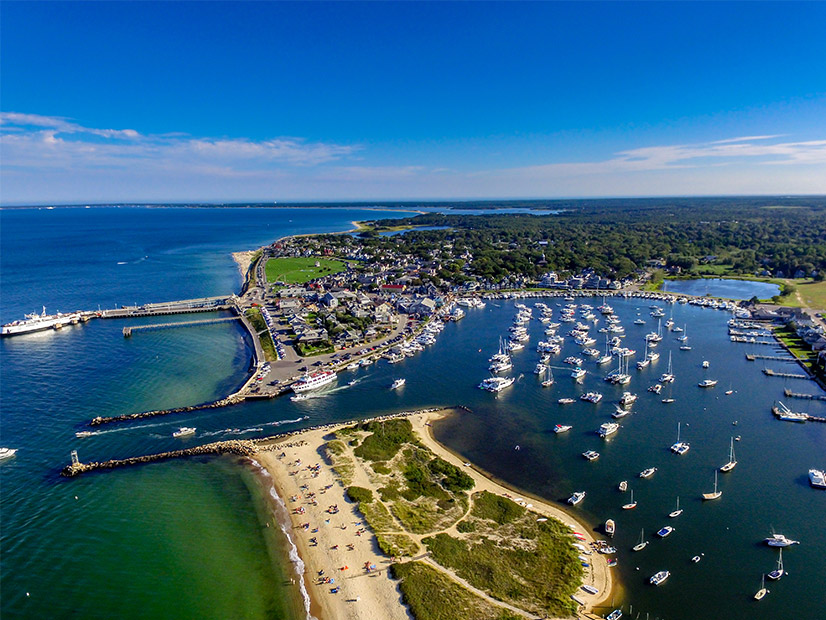Massachusetts released its largest request yet for proposals for offshore wind energy last week, but David Purcell with the Renewables Consulting Group said discussions about coordinating transmission would benefit the state’s effort to lower the cost of the clean energy transition.
The Department of Energy Resources plans to execute the final contracts by the spring of 2022, with a procurement of up to 1.6 GW of offshore wind power. However, offshore cable construction in a state that has the highest valued fishing port in the country could take a financial toll on the region’s economy.
There is intense opposition to the OSW industry from Massachusetts fishermen, who see its development as a disruption to their livelihood.
New York, which has an OSW goal of 9 GW by 2035, is holding formal discussions on coordinating transmission to lower cable mileage, Purcell, who is a director at the energy consulting group, told NetZero Insider.
There is a limited number of interconnection points in highly developed areas like New York City and Long Island, which provoked conversations about coordination among utilities in the state. And there are benefits to coordination for a state like Massachusetts, Purcell said.

Martha’s Vineyard, where the Vineyard Wind project is set to become the next U.S. offshore wind development. | Shutterstock
Developers must pay for the entirety of their interconnection, along with any power network upgrades, so they are incentivized to interconnect transmission lines with other companies to reduce construction costs, Purcell said.
The state’s request for proposal includes a requirement that the next contract be less costly to Massachusetts ratepayers, who will pay for the projects through their utility bills.
A new federal law from the end of 2020 increased the tax credit available for OSW projects from 12% to 30% if they begin construction before 2026, and projects currently under contract to deliver energy to Massachusetts have a provision that requires the developer to lower its prices if it qualifies for a larger tax credit. The bid prices for this solicitation are capped at $77.76/MWh.
Another challenge to engineering OSW is the contingency limits that ISO-NE places on energy infrastructure that would cause a loss of 1.2 GW or greater if a single piece of equipment were lost.
The ISO prefers to have multiple cables to meet demand and avoid overstressing lines, Purcell said.
Developers will be able to submit proposals for projects that are at least 200 MW or up to the full 1.6 GW in capacity.
Massachusetts utilities have already contracted a total of 1.6 GW between Vineyard Wind I and Mayflower Wind. New climate legislation signed into law in March requires utilities in the state to acquire an additional 2.4 GW of OSW once the initial 3.2 GW is confirmed.


